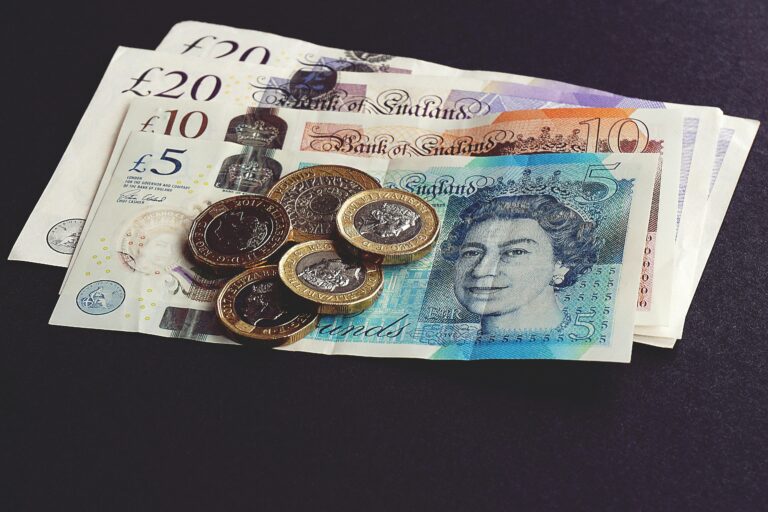
Guest Article – Estate Planning and You
Estate Planning and You A Guest Article by Agueda Estrada Calle This article has been written by Agueda Estrada Calle,

“But Ian,” I hear you cry, “It’s April – the new year started months ago”. Quite correct, it did indeed, but for very obscure historic reasons the UK’s tax year starts on 6 April. As such, this is the first working day of the New Tax Year. So I reiterate: Happy New (Tax) Year!
For anyone looking after their finances in the UK, this means that a few things will have reset with the start of the New Tax Year. As a starter for 10, here are some things that you can now think about:
I’ve not mentioned the personal savings allowance or the dividend allowance because for most people these are ongoing considerations for their savings and shares rather than transactional. But these have also reset.
The urgency of the end of the tax year is behind us, but that doesn’t mean there aren’t things to think about. If you’d like to get started on streamlining your finances and taking advantage of some of the allowances the New Tax Year brings, feel free to get in touch.

Estate Planning and You A Guest Article by Agueda Estrada Calle This article has been written by Agueda Estrada Calle,

Premium Bonds A Great Home for your emergency cash “Cash is king” is a common statement about the value of

Base rate dropped to 4.25% The Bank of England announced today that they are reducing their base rate to 4.25%.

Case Study – fixed fees on pensions I saw a case this morning where someone was looking for a better

Aegis Financial Consulting
Aegis Financial Consulting is a trading name of Aegis Financial Consulting Limited which is registered and incorporated in England and Wales (Company Number 13947249).
Aegis Financial Consulting is regulated by the FCA (Firm Reference Number 1002306) and is an appointed representative of Fintuity Limited (814106)